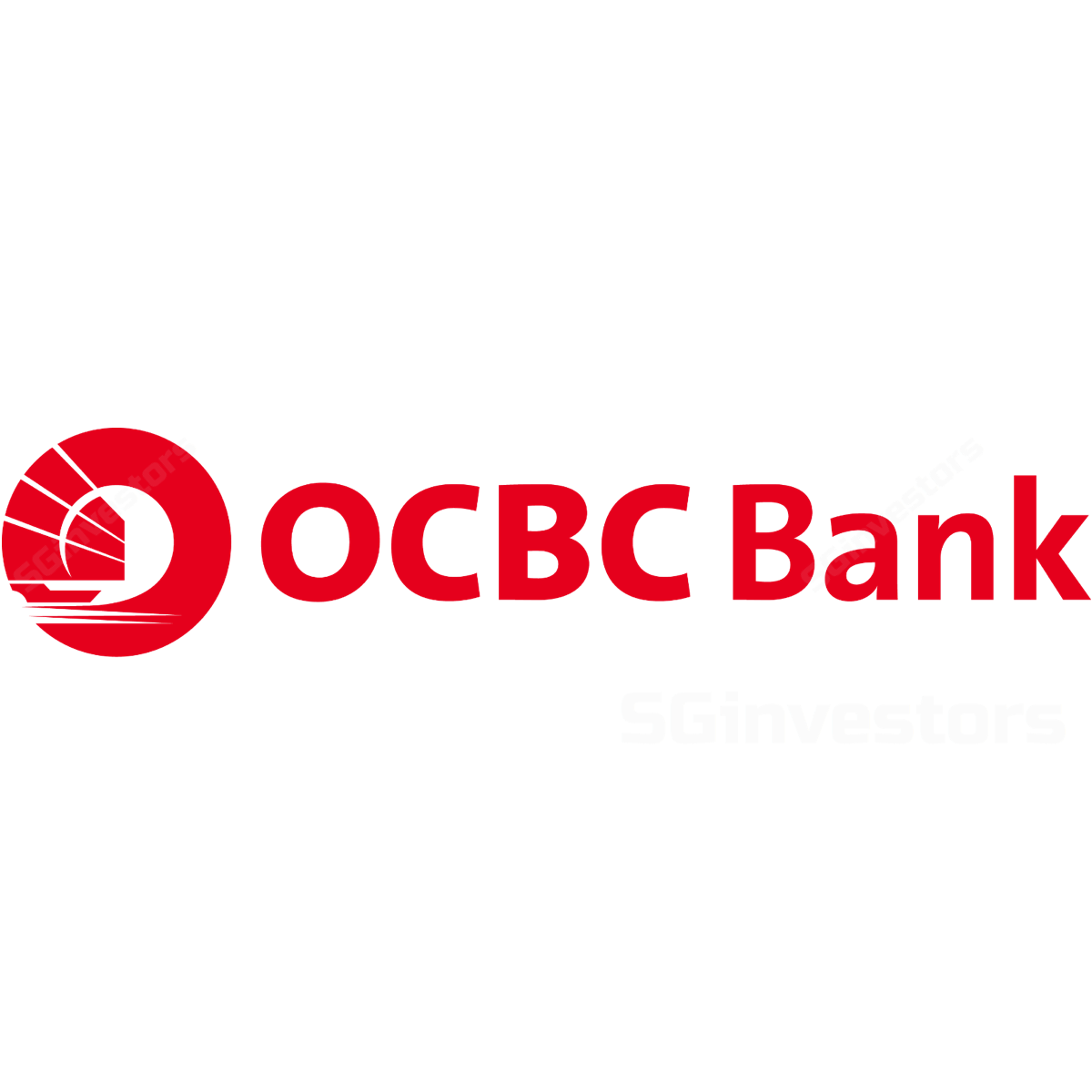 OVERSEA-CHINESE BANKING CORP (SGX:O39)
OVERSEA-CHINESE BANKING CORP (SGX:O39)
OCBC - Market Volatility Hits
- OCBC’s 4Q18 results weighed down by insurance and wealth income.
- Strong capital levels with CET1 ratio at 14.0%, highest among peers.
- Declared higher final dividends of S$0.23/share, in line with market expectations; scrip dividends apply.
- Maintain BUY, Target Price lowered to S$12.90 following earnings cuts.
Entering a moderating environment.
- OVERSEA-CHINESE BANKING CORP (SGX:O39, OCBC) currently trades at c.1.1x FY19F P/BV, near 1SD below its average 10-year forward P/BV multiple.
- Though loan growth and NIM expansion are expected to moderate into FY19F, we believe that ongoing opportunities for loan repricing should still have a positive impact on NIM and outpace increase in cost of funds.
- OCBC’s strong franchise across its key markets should still see cross-border loan opportunities. We believe that current valuations are undemanding with mid-single-digit income growth expectations in a benign credit environment.
- OCBC continues to provide attractive dividend yield of 4%. There is potential upside to dividends given OCBC has the highest CET1 ratio among the Singapore banks.
Where We Differ:
- Our earnings forecasts are currently below market’s consensus as we factor in lower loans growth of 4-5% for FY19-20F.
Potential Catalysts:
Higher dividends.
Key Risks to Our View:
Asset quality trends.
- Further escalation of trade war may subject some companies to vulnerability. Should asset quality deteriorate, more provisions might be required. In the event that the trade war escalates, it might trigger further risks to loan and fee growth, especially for OCBC’s Greater China exposure.
WHAT’S NEW - Market volatility hits
FY2018 net profit 11% higher y-o-y at S$4.5bn, below consensus.
- For the quarter, OCBC’s net profit fell 11% y-o-y and 26% q-o-q to S$926m, weighed down by lower non-interest income (-32% y-o-y/-20% q-o-q) largely attributed to poorer GREAT EASTERN HLDGS LTD (SGX:G07) performance (-70% y-o-y/-38% q-o-q), lower wealth management fees and lower trading income led by unrealised MTM losses from Great Eastern Holdings’ investment portfolio.
- OCBC’s core banking operations' net profit of S$817m was 22% higher y-o-y (24% lower q-o-q).
- Loan growth was flat for the quarter but grew 9% through FY2018, on broad-based loan growth. NIM for the quarter at 1.72% was flat q-o-q as cost of funds continued to weigh on NIM, but saw an improvement of 5bps over FY18 (1.67% for FY18).
New non-performing assets (NPA) formation is higher at S$881m for 4Q18
- OCBC’s new non-performing assets (NPA) formation is higher at S$881m for 4Q18 (post-4Q17 normalised levels averaged at c.S$304m for last three quarters), largely due to two corporate accounts. There were some NPLs in general commerce but pertain to small amounts.
- Special allowances jumped q-o-q to 34bps (3Q18: 14bps).
- OCBC’s FY18 credit costs remained low at 11bps (FY17: 27bps).
- NPL ratio increased slightly to 1.5% (3Q18: 1.4%).
Final DPS of S$0.23 was in line with street expectations; scrip dividend applicable.
- Total dividends declared for the year (FY17: S$0.37) represents c.40% dividend payout ratio, which is still lower than peers' c.50% levels. Scrip dividend continues to apply to the final dividend and will be set at a 10% discount (unchanged from 2Q18).
Capital levels improved.
- Capital levels are strong with CET1 ratio at 14.0% (3Q18: 13.6%). OCBC’s capital levels are in line with peers’, at between 13.9% and 14.0%. Tier-1 CAR and total CAR are at 14.8% and 16.4% respectively.
Key takeaways from analyst briefing
Guidance into 2019.
- OCBC has lowered its loan growth guidance from mid-to-high single digit to low-to-mid single digit, in view of macroeconomic conditions. OCBC continues to expect NIM to see uplift, though expansion would be less than that in FY18 (5bps) as it sees scope for mortgage rates to reprice upwards.
- OCBC continues to target for a cost-to-income ratio of 40% in gradual phases.
Normalising credit costs.
- OCBC continues to guide for credit costs to be between 12-15bps. We believe the higher provisions seen in 4Q18 relate primarily to its Coastal Oil exposure as well as further provisions for its oil and gas portfolio. We understand OCBC has taken full provisions for its Coastal Oil exposure.
- OCBC took a prudent stance to provide for loans relating to seven accounts belonging to five groups as it relooked at previous cash flow expectations coming through from vessel charter rates in a higher oil price environment. We believe that this should be a one-off adjustment and do not expect further oil and gas-related provisions in the near term.
IRB implementation for OCBC Wing Hang likely to occur in 2H20.
- While OCBC Wing Hang has completed modelling and submitted its application to implement risk-weighted assets internal ratings-based (IRB) approach implementation to the respective regulators, a formal review has yet to start. The exercise, subject to regulatory approvals by HKMA and MAS, might strengthen OCBC’s CET1 ratios, which is one of the metrics OCBC looks at in determining its dividend policy.
Higher capital levels – looking at potential opportunities?
- OCBC had previously indicated that it is comfortable with a CET1 ratio range of 12.5-13.5%. The decision to continue its scrip dividend policy was taken partly in view of a tougher macroeconomic environment.
- OCBC is also looking out for acquisition opportunities which complement its existing pillars of business.
Recommendation
Maintain BUY, Target Price of S$12.90.
- We arrive at our revised S$12.90 Target Price based on the Gordon Growth Model (12% ROE, 3% growth, 10% cost of equity). This is equivalent to c.1.2x FY19F P/BV, which is also its average 10-year forward P/BV multiple.
- We cut earnings by c.10% largely on lower loans growth and non-interest income expectations going forward.
Rui Wen LIM
DBS Group Research
|
https://www.dbsvickers.com/
2019-02-25
SGX Stock
Analyst Report
12.90
DOWN
13.200

